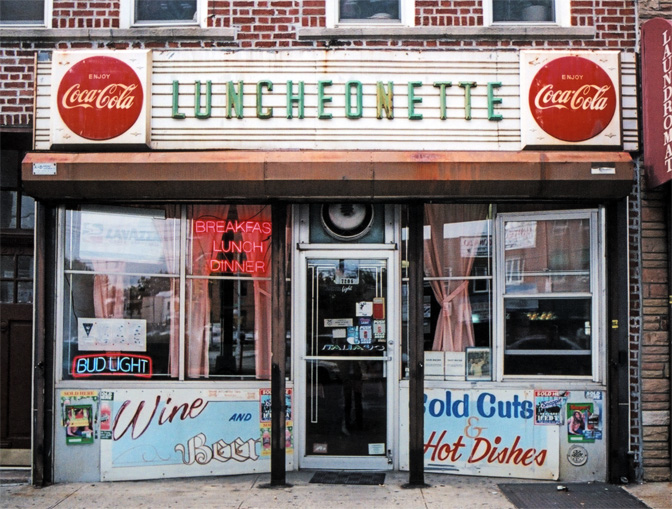Okay children, today’s lesson is: Hanukkah has its latkes, Passover has its macaroons, and Purim has its hamantashen. The significance of these three-cornered cookie dough pastries varies--some say they resemble the hat the villain of the story, Haman, wore. And some say they represent the three-cornered pockets of his coat. Regardless, no one can celebrate Purim without them. And the celebration, which is akin to a raucous carnival, complete with costumes, grating noisemakers, and lots of wine, is key to this Jewish holiday about good triumphing over evil--what else?
Giving to charity is a holiday custom, as is exchanging platters of baked goods, treats or fruits with friends and family. It is not a stretch to assume that hamantashen will be found on every sweets platter, and there are as many recipes for the pastry as there are platters exchanged throughout the world. I do have a favorite of my own. It is very simple, and best of all, very tasty. My way of tweaking this holiday treat is by changing up the fillings, which are most commonly prune jam and poppy seed paste. Fruity preserves, having the texture of a tapenade (But please, do NOT substitute actual tapenade!), are best as they are sticky and thick enough not to ooze out of the sides during baking which can result in disaster. I favor using dried fruits, such as the figs in the first recipe that have been simmered in a vanilla syrup. This filling is reminiscent of the filling often found in “cuccidati,” an Italian pastry. The second filling contains cherries and cinnamon, and is studded with bits of toasted walnuts.
Fig Filling
(makes 2 cups)
1c. finely chopped dried figs
1 1/2c. water
1c. apple juice
1/4c. sugar
1 tsp. finely grated orange zest
1 whole vanilla bean, split and scraped of seeds
Combine all ingredients except the orange zest in a medium saucepan and bring to a boil. Reduce heat to a simmer and cook for an hour, until figs are soft. Remove vanilla bean and transfer remaining ingredients and orange zest to the work bowl of a food processor. Process until mixture is combined, but not totally smooth.
Dried Cherry Filling
(makes 2 1/2 cups)
1/4c. water
zest of one orange, finely grated
2/3c. orange juice
1Tbsp. fresh lemon juice
1/3c. brown sugar, packed
1/4 tsp. almond extract
1/2 Tbsp. cinnamon
2c. dried sour cherries
1c. golden raisins
1/2c. walnuts, lightly toasted and finely chopped
HAMANTASHEN
1c. vegetable oil
1 1/4c. sugar
1/4c. orange juice
1 1/2 tsp. vanilla extract
3 eggs
4 1/2c. all-purpose flour
2 1/2 heaping tsp. baking powder
1/2 tsp. salt
1 egg yolk + 1 Tbsp. water (for brushing the tops)
coarse sugar (optional)
In a large mixing bowl, whisk together sugar and oil. Mix in orange juice, vanilla extract, and eggs. Fold in baking powder and salt. (Dough will be sticky but firm.)
Cover dough with plastic wrap and refrigerate for at least one hour.
Preheat oven to 350 degrees. Line two baking sheets with parchment paper.
Roll out dough on a lightly floured surface to a thickness of about 1/8 inch.
Cut into 3-inch circles using the top of a drinking glass.
Place a generous teaspoon of filling in the center of each circle.
Fold up three sides of each circle and bring them together to form a triangle.
Brush pastries with egg yolk/water mixture and sprinkle with a dusting of coarse sugar, if desired.
Bake until lightly golden, approximately 18-25 minutes.
Makes about 4 dozen pastries, depending upon size.
(makes 2 cups)
1c. finely chopped dried figs
1 1/2c. water
1c. apple juice
1/4c. sugar
1 tsp. finely grated orange zest
1 whole vanilla bean, split and scraped of seeds
Combine all ingredients except the orange zest in a medium saucepan and bring to a boil. Reduce heat to a simmer and cook for an hour, until figs are soft. Remove vanilla bean and transfer remaining ingredients and orange zest to the work bowl of a food processor. Process until mixture is combined, but not totally smooth.
Dried Cherry Filling
(makes 2 1/2 cups)
1/4c. water
zest of one orange, finely grated
2/3c. orange juice
1Tbsp. fresh lemon juice
1/3c. brown sugar, packed
1/4 tsp. almond extract
1/2 Tbsp. cinnamon
2c. dried sour cherries
1c. golden raisins
1/2c. walnuts, lightly toasted and finely chopped
Place 1/4 cup water in a medium saucepan. Add the orange zest, orange and lemon juices, cinnamon, sugar, cherries and raisins. Cook, stirring, over low heat for 5 to 10 minutes to soften the fruit. If the fruit starts to stick to the saucepan, add a bit more water. Remove from the heat, let cool for about 5 minutes, add the almond extract, and place in a food processor. Process until mixture is combined, but not totally smooth. If it is too thick, add a drop of water. Stir in nuts. The mixture can be used immediately, or it can be transferred to an airtight container and refrigerated for up to two weeks or frozen for up to six months.



